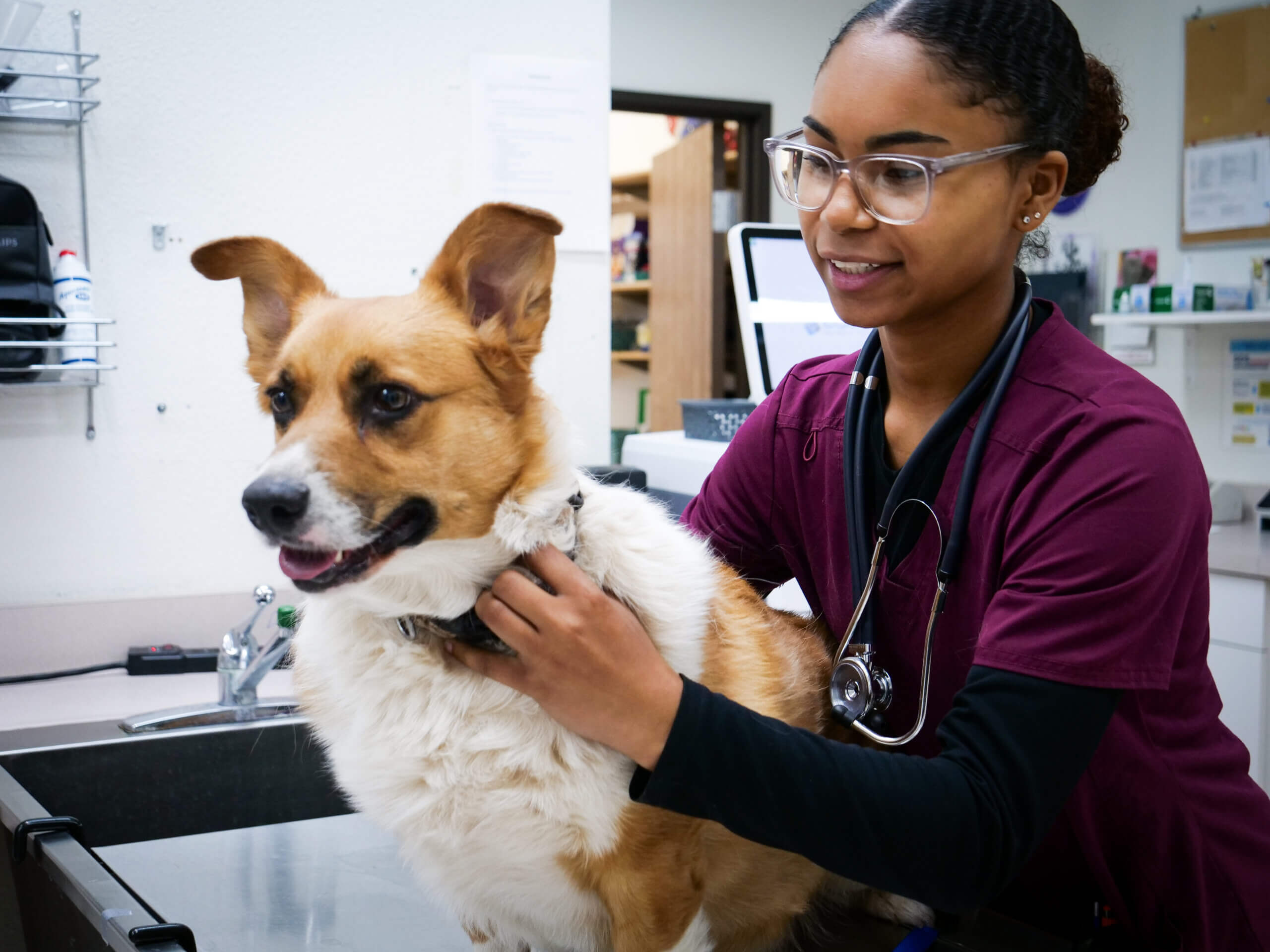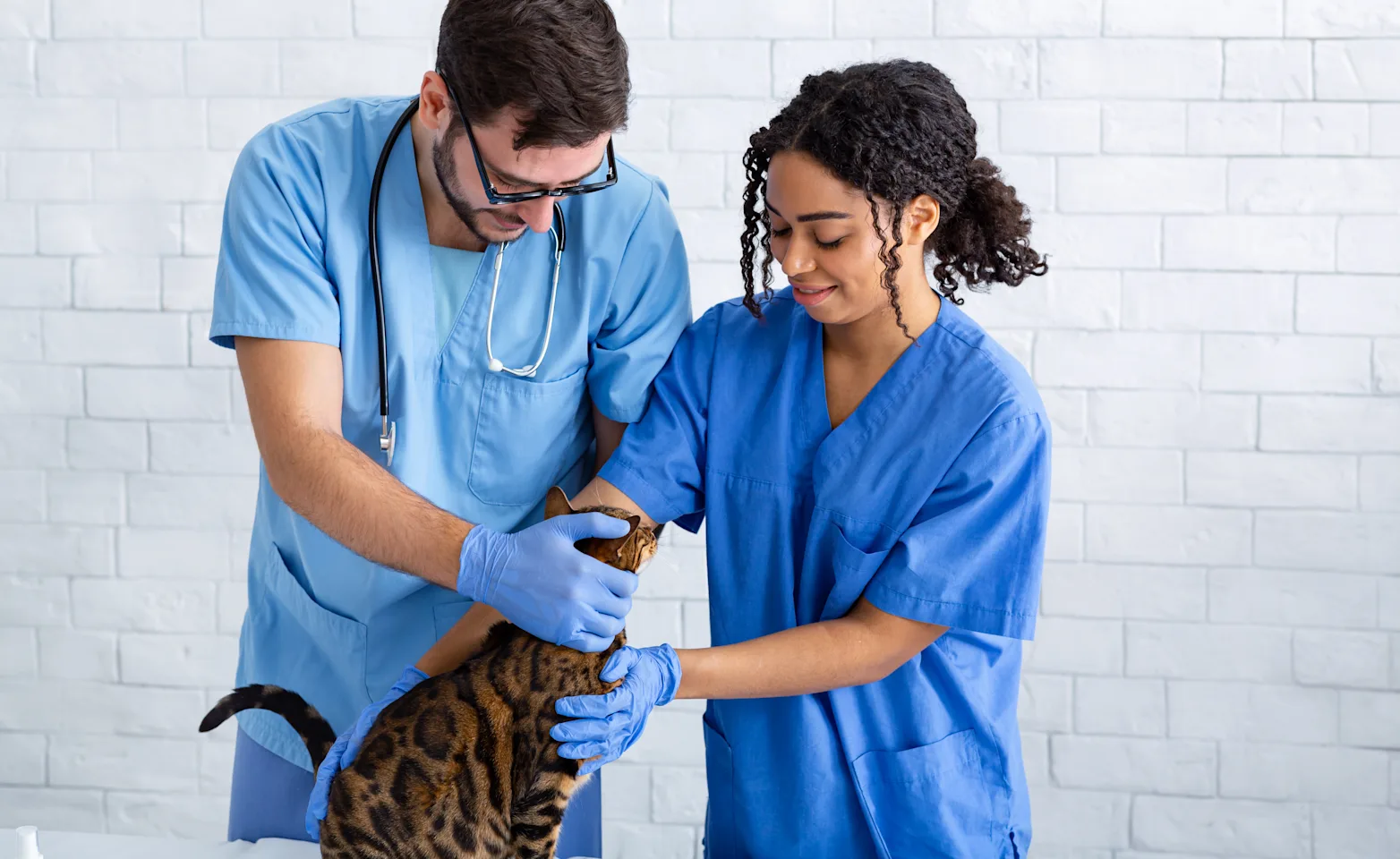Everything About Vet Surgery: Recognizing the Importance of Expert Take Care Of Your Pets
Vet surgical procedure is a vital part of pet healthcare. It incorporates different procedures, from regular optional surgical procedures to immediate treatments. Understanding the details of these surgeries can assist pet owners make notified decisions. The preparation, implementation, and recovery phases are crucial for ensuring the well-being of animals. With proper knowledge, owners can navigate the intricacies of veterinary treatment. What elements should be taken into consideration before a family pet goes through surgical treatment?
Kinds Of Vet Surgeries
When a family pet calls for surgical intervention, comprehending the different kinds of veterinarian surgical procedures can help pet proprietors make notified choices. Vet surgical treatments can be generally classified into three primary types: optional, immediate, and emergency surgical procedures. Elective surgical procedures, such as spaying or neutering, are intended procedures that are not promptly lethal. Immediate surgical treatments, like those for foreign body removal, have to be executed soon yet are not dangerous in the moment. Emergency situation surgical treatments, such as those addressing extreme trauma or internal blood loss, are vital and require prompt attention.Additionally, surgical treatments can vary in intricacy, ranging from minimally invasive laparoscopic procedures to extra substantial open surgical treatments. Each kind of surgical procedure brings its own threats and recovery procedures. Comprehending these groups enables pet owners to involve in meaningful discussions with veterinarians, leading to better outcomes for their cherished family pets.
Getting ready for Your Pet's Surgical treatment
Preparing for a family pet's surgical treatment entails a thorough checklist to guarantee all fundamentals are covered. Effective communication with the vet is crucial for recognizing the treatment and any needed pre-operative actions - canine tplo surgery. Furthermore, having clear post-operative care guidelines will assist proprietors give the most effective assistance for their recouping pets
Pre-Surgery Checklist Basics
Guaranteeing a smooth medical experience for an animal requires mindful preparation and attention to detail. A pre-surgery checklist is vital for pet proprietors to comply with. Verifying the arranged surgery date and time is vital. Proprietors need to also validate that their pet dog has fasted according to the veterinarian's directions, generally for 8-12 hours prior to surgical procedure. Collecting essential medical records, consisting of vaccination history, is essential for the veterinarian's evaluation. It is also a good idea to prepare a comfortable space at home for the pet's recovery after surgical treatment. Ultimately, owners need to have a prepare for transport to and from the vet clinic, seeing to it that the family pet is safe and comfortable throughout the trip. Complying with these steps can greatly enhance the medical experience.
Interacting With Your Vet

Efficient interaction with the veterinarian is vital for a successful surgical experience for pets. Proprietors need to be prepared to review their pet dog's case history, consisting of any kind of pre-existing problems, medicines, and allergic reactions. This info aids the veterinarian examine threats and tailor the medical plan accordingly. Furthermore, family pet proprietors need to ask concerns concerning the procedure, anesthesia, and anticipated end results to ensure they fully comprehend the process. Clarifying any type of questions can relieve anxiety for both the family pet and the owner. It is also essential to connect any kind of behavioral changes or issues observed in the pet dog leading up to the surgical treatment. Inevitably, clear dialogue cultivates trust fund and partnership, guaranteeing that pets get the very best feasible care during their medical journey.
Post-Operative Care Instructions
After discussing the procedure with the veterinarian, animal proprietors should focus on post-operative treatment directions to assist in a smooth recovery for their animals. These guidelines normally consist of keeping an eye on the medical website for indications of infection, such as redness or discharge. Animals might require to be kept tranquil and confined to stop too much movement that might interfere with recovery. Pain management is essential, so owners should adhere to the veterinarian's assistance on providing medicines. In addition, nutritional constraints might be advised to prevent intestinal trouble. Normal follow-up consultations are necessary to ensure appropriate healing and address any type of worries. By adhering to these post-operative treatment guidelines, animal proprietors can greatly contribute to their family pet's recuperation and general well-being.
The Surgical Process Explained
The surgery for pet dogs incorporates essential steps that ensure their safety and security and recovery. Pre-surgery prep work are essential for decreasing risks, while post-operative care standards play a vital function in advertising healing. Recognizing these parts helps family pet owners browse the surgical experience better.
Pre-Surgery Preparations
Before a family pet goes through surgery, numerous vital prep work should happen to guarantee a safe and successful procedure. First, a complete veterinary assessment is necessary to evaluate the pet dog's total health and wellness and determine any prospective dangers. This may include blood examinations, imaging, or other diagnostics. The vet will likewise discuss anesthetic alternatives tailored to the family pet's specific requirements. Additionally, family pet owners are typically instructed to withhold food and water for a defined time before you could try this out surgical treatment to lessen the danger of difficulties throughout anesthesia. It is necessary for owners to give a full medical history, including any type wikipedia reference of medications or allergic reactions, ensuring the medical team has all necessary information. Correct communication and adherence to pre-surgery guidelines can significantly boost the result of the procedure.
Post-Operative Treatment Guidelines
Proper post-operative care is crucial for making certain a family pet's recovery adhering to surgical procedure. After the procedure, family pets need to be kept track of carefully for any type of indications of difficulties, such as extreme bleeding, swelling, or uncommon actions. It is important to follow the veterinarian's instructions concerning medications, including pain relievers and antibiotics. Family pets should be kept in a silent, comfortable environment to minimize tension and advertise recovery. Limiting activity is important; short, leashed strolls might be essential, however leaping or running should be avoided. Regular follow-up consultations need to be arranged to evaluate the healing procedure. In addition, the medical site has to be maintained clean and dry, with any type of indicators of infection reported to a vet immediately. Following these guidelines boosts recuperation outcomes.
Anesthesia and Pain Management
Efficient anesthetic and discomfort administration are essential parts of veterinary surgical procedure, making certain that family pets stay comfy and risk-free throughout the procedure. Vets evaluate each pet's specific requirements, considering variables such as age, weight, health and wellness status, and the kind of surgical procedure being performed.Anesthesia procedures normally consist of a mix of pre-anesthetic drugs, induction representatives, and inhalant anesthetics, permitting accurate control over the animal's level of awareness. Monitoring during surgical treatment is critical; veterinarians continually observe essential indicators to deal with any kind of potential difficulties promptly.Pain management strategies might include opioids, non-steroidal anti-inflammatory medications (NSAIDs), and anesthetics, customized to the family pet's particular situation. This diverse strategy aids lessen discomfort and promotes a smoother surgical experience. By prioritizing reliable anesthesia and pain management, vet professionals improve the overall well-being of family pets undertaking operations, guaranteeing they receive the highest possible requirement of treatment.
Post-Operative Treatment and Recuperation
Following surgery, the focus moves to post-operative treatment and healing, which is essential for making certain a family pet's safe return to regular activities. Throughout this period, pets call for a peaceful, comfy setting to help recovery. Proprietors must closely monitor their animals for any type of signs of pain or unusual behavior.Veterinary guidelines often consist of details directions associated with drug administration, wound treatment, and dietary modifications. It is crucial to abide by these referrals to minimize problems and advertise recovery. Pets might require to be limited from vigorous tasks, such as running or leaping, throughout their healing period (veterinary cardiologist near me).Regular follow-up consultations with the veterinarian permit monitoring of the pet dog's development and prompt changes to the care strategy. Giving psychological support and friendship can likewise improve a family pet's recovery experience, helping to relieve stress and anxiety and anxiousness. Generally, persistent post-operative treatment plays a substantial function in achieving an effective healing
Recognizing Complications After Surgical Procedure
How can family pet proprietors identify complications after surgical treatment? important site Recognition of particular indications is vital for guaranteeing the health of animals throughout healing. Usual indications consist of too much swelling, redness, or discharge at the surgical website, which may symbolize infection. Additionally, relentless discomfort, suggested by whining or hesitation to relocate, ought to motivate instant interest. Adjustments in appetite or water intake can likewise show issues; a reduction in these behaviors might signal pain or distress.Moreover, animal owners ought to check their animals for any kind of unusual actions, such as lethargy or trouble breathing, as these can be indications of significant issues. Throwing up or diarrhea adhering to surgical treatment might need immediate vet analysis. Identifying these difficulties early can greatly impact an animal's healing procedure, emphasizing the importance of watchfulness and timely interaction with a vet for any type of concerning signs and symptoms.
The Role of Veterinary Specialists in Surgical Treatment
Veterinary specialists play a necessary role in making certain the safety and success of procedures for pets, especially adhering to surgery when keeping an eye on and treatment are vital. These experts include vets, vet service technicians, and support staff, all of whom add specialized abilities to the surgical process.Before surgical treatment, vets conduct thorough evaluations to examine the pet's health and wellness, making sure that any type of underlying problems are managed. Throughout the procedure, the medical team gives anesthetic, preserves clean and sterile atmospheres, and monitors crucial signs, all important for decreasing risks.Post-operative care is equally substantial; vet specialists observe for issues, manage discomfort, and guide owners on healing practices. Their expertise enables them to recognize early signs of distress or infection, making certain prompt treatment. Eventually, the collective efforts of vet specialists in medical care promote a risk-free setting, promoting the well-being of pet dogs throughout the surgical trip.

Frequently Asked Inquiries
Exactly how Do I Choose the Right Vet Specialist for My Animal?
Picking the ideal veterinary doctor includes looking into credentials, checking out testimonials, and examining the clinic's atmosphere. It is essential to assess the cosmetic surgeon's experience with details treatments and their interaction design when making a choice.
What Prevail Misconceptions Regarding Veterinarian Surgeries?
Usual mistaken beliefs concerning vet surgical treatments consist of ideas that they are constantly high-risk, unneeded, or just for emergencies. Numerous animal owners take too lightly the benefits of preventative procedures and the skill associated with veterinary surgical treatment.
Just How Much Will My Family pet's Surgical treatment Price?
The price of a pet's surgical procedure can differ significantly based upon aspects such as the type of treatment, the vet's experience, and geographic location (emergency vet near me). Normally, expenses vary from a couple of hundred to numerous thousand bucks

Can My Family Pet Consume Prior To Surgical Procedure?
Prior to surgical procedure, it is usually encouraged that family pets avoid consuming for a particular period. This fasting helps in reducing the risk of complications throughout anesthetic. Owners need to consult their vet for accurate instructions customized to their family pet's needs.
What happens if My Family Pet Has Pre-Existing Health And Wellness Issues?
When a family pet has pre-existing health and wellness conditions, it's vital for the vet to examine these aspects prior to surgical treatment. This evaluation warranties ideal preventative measures are taken, decreasing dangers and enhancing the pet's total safety and security throughout the treatment.